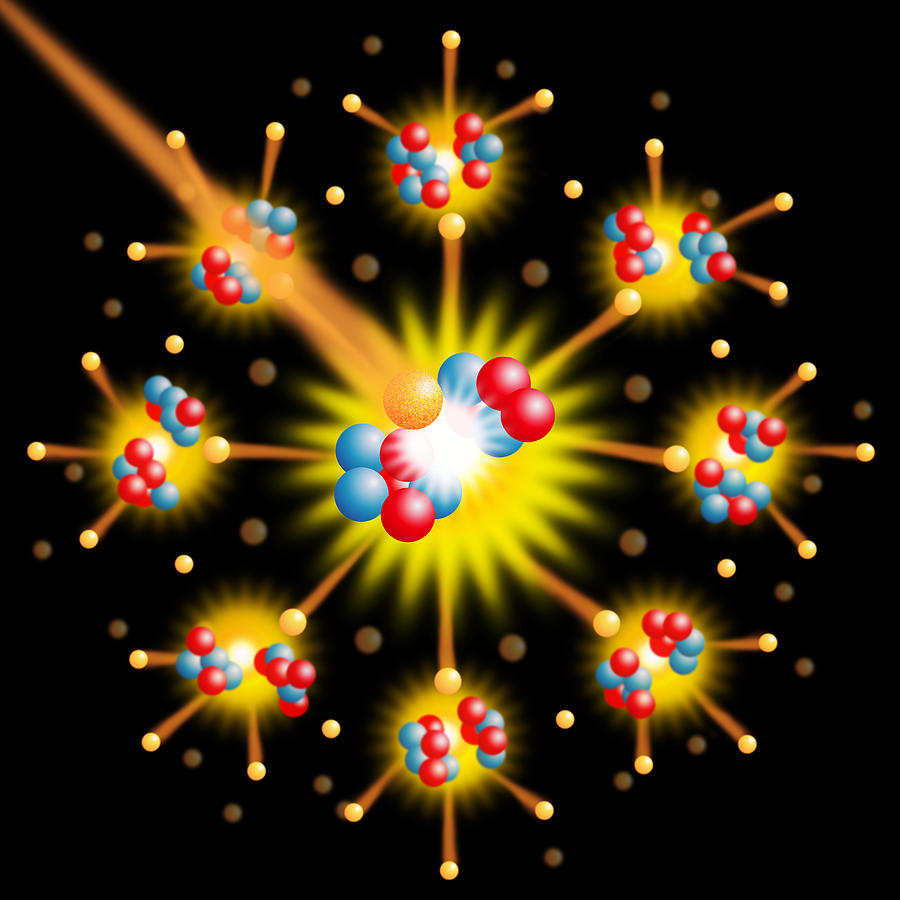
:max_bytes(150000):strip_icc()/hydrogen-bomb-explosion-bikini-atoll-may-1956-680804745-58973e5e5f9b5874ee0678ee.jpg)

When such a system is made to react, products of greater stability are formed and energy is released. The molecules of conventional chemical explosives are considered to be in a high- energy or unstable state. The basic laws of thermodynamics pertaining to the conservation of energy require that energy must be released when a system is converted to another of greater stability, i.e., one containing less energy.Ī. Definition of Explosion.Īn explosion can be described as the sudden release of large amounts of energy within a limited space as the system involved is converted to a more stable one. SECTION II - MECHANISMS OF ENERGY PRODUCTION 202. In addition, certain principles of atomic structure and physics are presented to aid in the understanding of these differences. Accordingly, a comparison will be made in this chapter between the mechanisms of energy production in conventional and nuclear detonations. Introduction.Īs a first step in developing an understanding of the medical implications of nuclear warfare, it is essential to understand how a nuclear weapon differs from a conventional high explosive weapon. CHAPTER 2 CONVENTIONAL AND NUCLEAR WEAPONS - ENERGY PRODUCTION AND ATOMIC PHYSICS SECTION I - GENERAL 201.


 0 kommentar(er)
0 kommentar(er)
